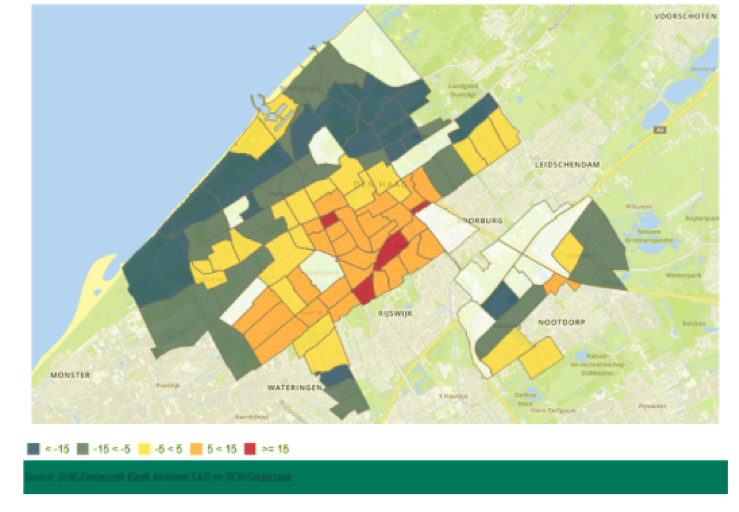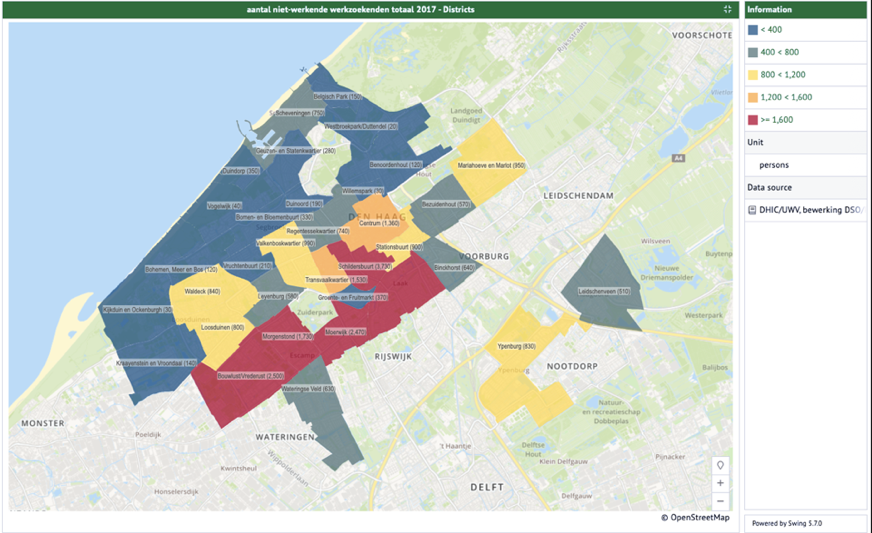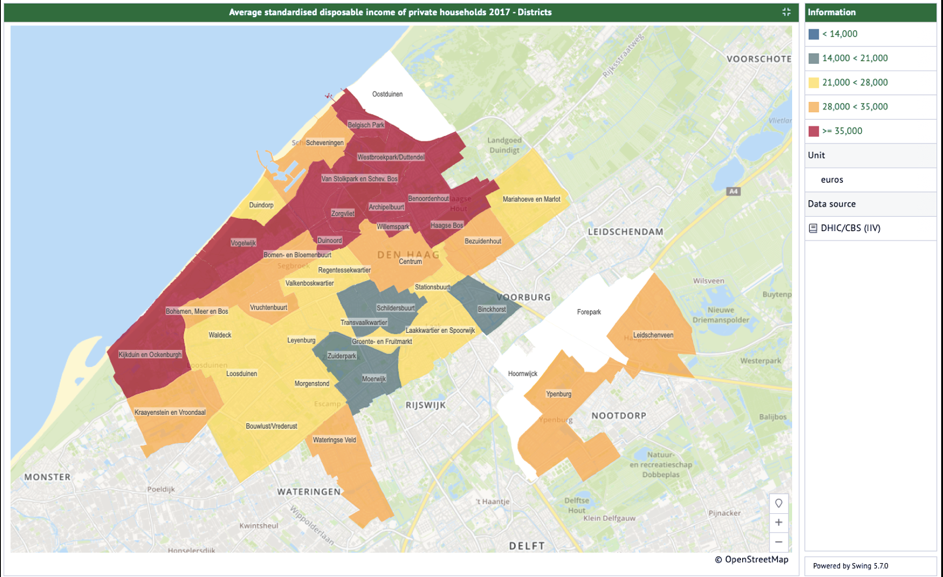Author: Student at LUC
The Hague: The administrative capital of the Netherlands is primarily known for its rich cultural and diplomatic history, its close proximity to the sea and its lavish neighborhoods, home to the elite Hagenaars – among which even the Dutch royal family.
However, something often overlooked is the fact that the province of Zuid-Holland – home to this grand city – has suffered from relatively high unemployment rates in the past decade, reaching 4.8 percent in 2020 and thereby placing it at the top of the 12 provinces – a concern for the Hagenees who still live largely segregated from the Hagenaars (CBS 2020).
So, what does unemployment look like in The Hague today?
What is Unemployment?
One of the most common understandings of the term “unemployed” includes all working age individuals who – during a certain reference period – are without work, available for work, or seeking work (ILO 2020). In the Netherlands, one’s working age stretches from the age of 15 to 75 (CBS 2020). One may then wonder, who are the unemployed of The Hague? And what is the relevance of the division between Hagenees and Hagenaar today?
The Hagenees and the Hagenaar
Historically, a distinction was made between the affluent Hagenaar, living in the dunes, and the poor Hagenees, living on the peatland. When taking a closer look at how wealth and employment are spread across the city today, this distinction seems to have remained alive and well (see Figures 1, 2 and 3):
 Figure 1. Disadvantage Scores of Neighborhoods in The Hague
Figure 1. Disadvantage Scores of Neighborhoods in The Hague Figure 2. Unemployed Inhabitants of The Hague by District
Figure 2. Unemployed Inhabitants of The Hague by District Figure 3. Average Standardized Disposable Income of Private Households by District
Figure 3. Average Standardized Disposable Income of Private Households by DistrictAs these images illustrate, the distinction between the wealthy and poorer neighborhoods of the Hague has remained stark. The Western parts of the city closest to the beach continue to show higher wealth and less unemployment than the Eastern districts. In fact, the latter holds the highest Disadvantage scores, a score based on indicators such as the share of ethnic cultural groups, average personal income, share of long-term unemployment and the average WOZ value of homes (GGD Haaglanden 2017).
Despite the fact then, that the Netherlands has supported initiatives towards the creation of a more egalitarian society, much work remains to be done. A worrying trend in particular is the decreasing availability of social housing aimed at preventing the creation of strictly wealthy and poor neighborhoods by enforcing a mixed real estate property development scheme (AD 2019).
The age-old, wealth-based discrepancies between the neighborhoods of The Hague serve as a reminder that both employment and income inequalities are still distributed along historic lines. Thus, although the distinction between the two socio-economic groups of the wealthy Hagenaar residing in the dunes and the Hagenees living on the peatland has somewhat blurred, the differences remain evident, even underneath the glitz and glamor of the royal city.
References:
AD (2019). “100.000 sociale huurwoningen minder in vijf jaar: ‘De trend is zorgwekkend‘.“ Algemeen Dagblad. At https://www.ad.nl/wonen/100-000-sociale-huurwoningen-minder-in-vijf-jaar-de-trend-is-zorgwekkend~aaeef26d/.
CBS (2020). “Werkloosheid naar Regio.” CBS. At https://www.cbs.nl/nl-nl/visualisaties/dashboard-arbeidsmarkt/werklozen/werkloosheid-naar-regio.
Den Haag (2020). “Burgerschap in Oud Scheveningen.” Den Haag in Cijfers. At https://denhaag.incijfers.nl/jive/report?id=burgerschap_concept2&.
GGD Haaglanden (2017). “Sociale status van wijken.” GGD Haaglanden Gezondheidsmonitor. At https://gezondheidsmonitor.ggdhaaglanden.nl/gemeenten/den-haag/themas/participatie/sociale-status-van-wijken/.
ILO (2020). “Unemployment Rate.” International Labor Organization. At https://www.ilo.org/ilostat-files/Documents/description_UR_EN.pdf.